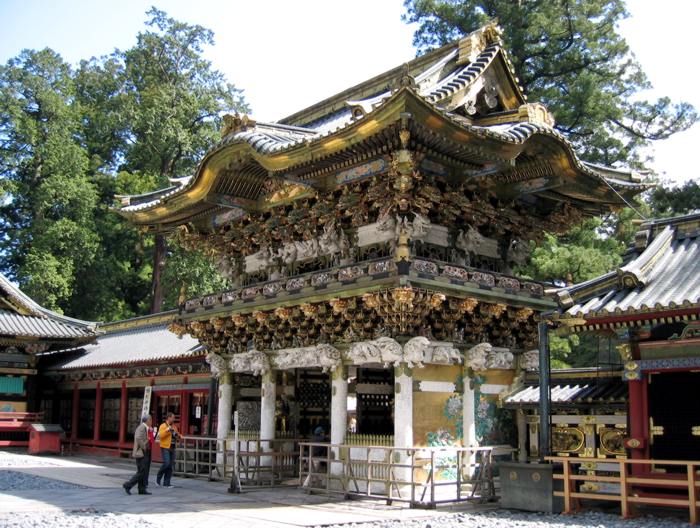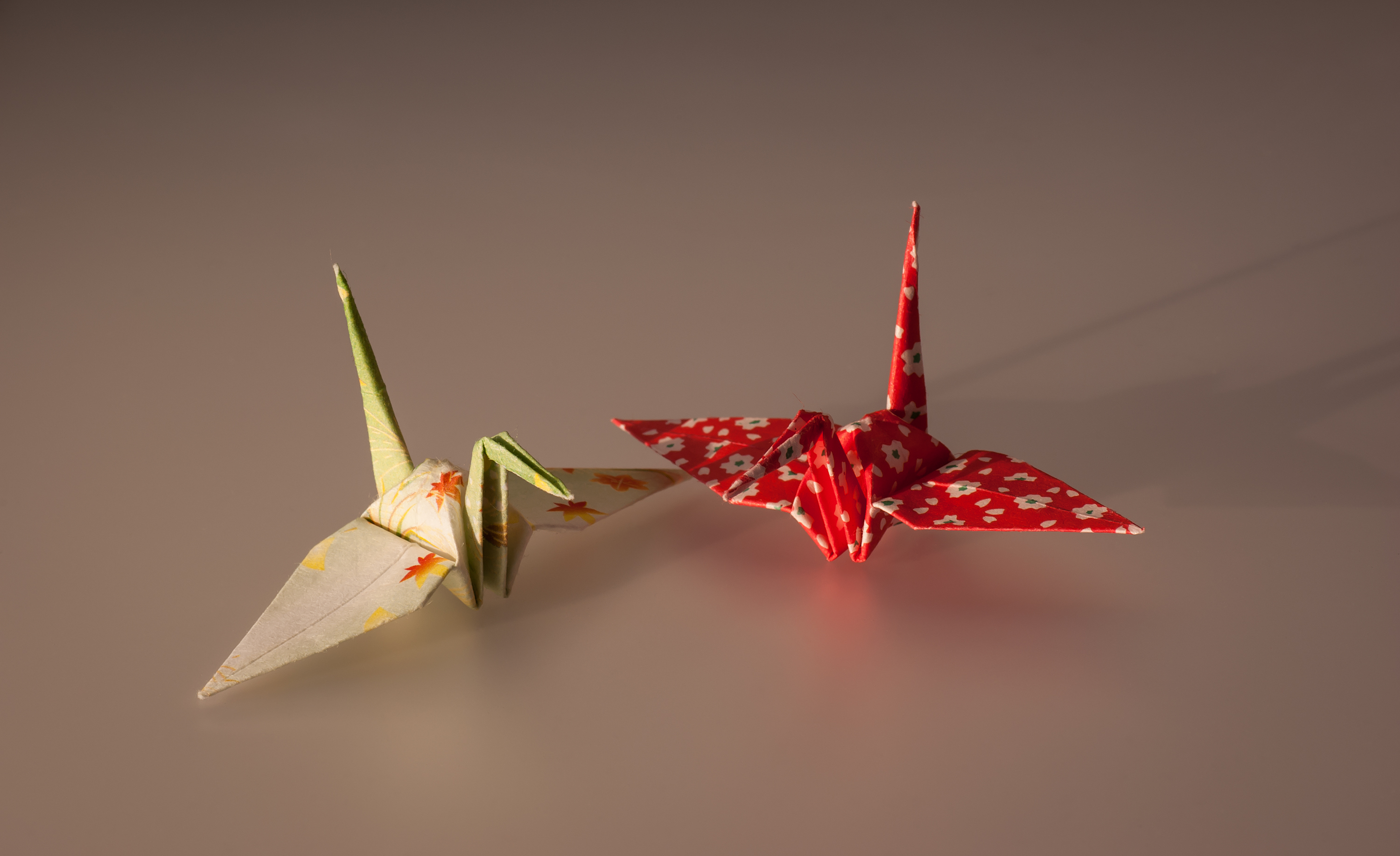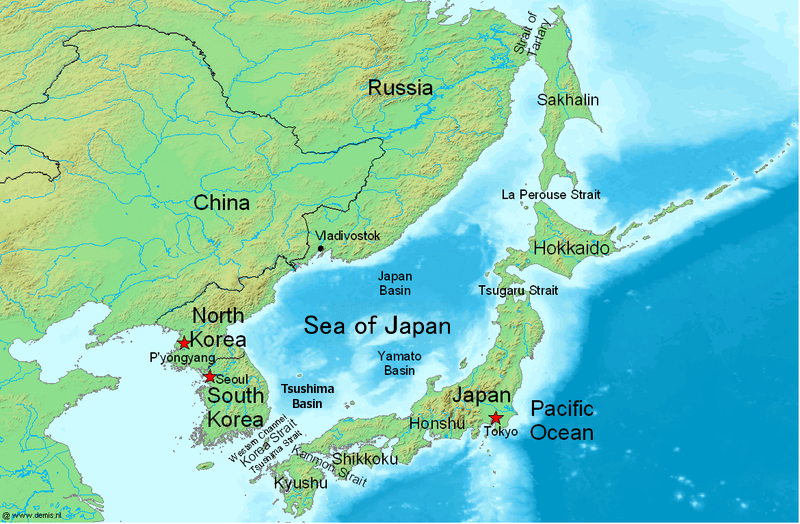|
Let's Learn Japanese
''Let's Learn Japanese'' is a video-based Japanese language study course for English speakers produced by The Japan Foundation. The two seasons (Series I and Series II) were originally aired on television at a rate of one episode per day, with each episode consisting of two lessons. Text books which complement the series were also available; these contained vocabulary lists, explanations of grammar, transcriptions of scenes from within the program, and cultural information about Japan. By now, the first book is out of print but the second book is still available from some sources. Both seasons used a drama called ''Yan and the Japanese People'' for instruction. This drama consisted of scenes which focus on the experiences of a young man named Yan (played by Nick Muhrin), a foreigner living and working in Japan. ''Let's Learn Japanese Basic I'' Series one of ''Let's Learn Japanese'' was made in 1984 and 1985. It was presented by Mary Althaus and featured a number of skits, featuri ... [...More Info...] [...Related Items...] OR: [Wikipedia] [Google] [Baidu] |
Educational Television
Educational television or learning television is the use of television programs in the field of distance education. It may be in the form of individual television programs or dedicated specialty channels that is often associated with cable television in the United States as Public, educational, and government access (PEG) channel providers. There are also adult education programs for an older audience; many of these are instructional television or "telecourse" services that can be taken for college credit, such as the Open University programs on BBC television in the UK. Many children's television series are educational, ranging from dedicated learning programs to those that indirectly teach the viewers. Some series are written to have a specific moral behind every episode, often explained at the end by the character that learned the lesson. In the social aspects of television, several studies have found that educational television has many advantages. The Media Awareness Net ... [...More Info...] [...Related Items...] OR: [Wikipedia] [Google] [Baidu] |
Chinatsu Koyanagi
is a feminine Japanese given name which is occasionally given to men. Possible writings Chinatsu can be written using different kanji characters and can mean: *千夏, "thousand summers/thousandth summer" *知夏, "wise summer" *智夏, "intellect, summer" *千菜津, "thousand vegetables, harbor" *智菜津, "intellect, vegetable, harbor" The name can also be written in hiragana or katakana. People *Chinatsu Akasaki (千夏), Japanese voice actress *Chinatsu Ban (知夏, born 1973), Japanese artist *Chinatsu Matsui (千夏, born 1977), Japanese squash player *Chinatsu Mori (千夏, 1980–2006), Japanese shot putter *Chinatsu Nakayama (千夏, born 1948), Japanese voice actress, writer, and politician *Chinatsu Wakatsuki (千夏, born 1984), Japanese gravure idol and tarento *Chinatsu Kira (知夏, born 1991), Japanese football player Characters *Chinatsu Aida (千夏), a supporting character in the Japanese TV drama '' Last Friends'' *Chinatsu Nakayama (千夏), a character i ... [...More Info...] [...Related Items...] OR: [Wikipedia] [Google] [Baidu] |
Akihabara
is a common name for the area around Akihabara Station in the Chiyoda ward of Tokyo, Japan. Administratively, the area called Akihabara mainly belongs to the and Kanda-Sakumachō districts in Chiyoda. There exists an administrative district called Akihabara in the Taitō ward further north of Akihabara Station, but it is not the place people generally refer to as Akihabara. The name Akihabara is a shortening of , which ultimately comes from , named after a fire-controlling deity of a firefighting shrine built after the area was destroyed by a fire in 1869.Cybriwsky, Roman. ''Historical dictionary of Tokyo.''Scarecrow Press, 2011. Akihabara gained the nickname shortly after World War II for being a major shopping center for household electronic goods and the post-war black market.Nobuoka, Jakob. "User innovation and creative consumption in Japanese culture industries: The case of Akihabara, Tokyo." ''Geografiska Annaler: Series B, Human Geography'' 92.3 (2010): 205–218.Yama ... [...More Info...] [...Related Items...] OR: [Wikipedia] [Google] [Baidu] |
Takayama, Gifu
Takayama City Hall is a city located in Gifu Prefecture, Japan. , the city had an estimated population of 88,473 in 35,644 households, and a population density of 41 persons per km2. The total area of the city was making it the largest city by area in Japan. The high altitude and separation from other areas of Japan kept the area fairly isolated, allowing Takayama to develop its own culture over about a 300-year period. Etymology The city is popularly known as in reference to the old Hida Province to differentiate it from other places named Takayama. The name 'Takayama' means 'tall mountain'. Geography Takayama is located in northern Gifu Prefecture, in the heart of the Japanese Alps. Mount Hotakadake is the highest point in the city at . The city has the largest geographic area of any municipality in Japan. Neighbouring municipalities *Gifu Prefecture ** Hida ** Gujō **Gero ** Shirakawa *Nagano Prefecture ** Ōmachi **Matsumoto ** Kiso *Toyama Prefecture **Toyama *Ishika ... [...More Info...] [...Related Items...] OR: [Wikipedia] [Google] [Baidu] |
Tōshō-gū
is any Shinto shrine in which Tokugawa Ieyasu (1543–1616) is enshrined. Ieyasu was the founder of the Tokugawa shogunate (1603-1868), which is the third and last of the shogunal governments in Japanese history. He was deified with the name , the "Great Gongen, Light of the East" (A ''Gongen'' is believed to be a buddha who has appeared on Earth in the form of a ''kami'' to save sentient beings), and this is what gives ''Tōshō-gū'' shrines their name. Tōshō-gū shrines are found throughout Japan. The most famous Tōshō-gū is located in Nikkō in Tochigi Prefecture. It is one of Japan's most popular destinations for tourists and is part of ''Shrines and Temples of Nikkō'' UNESCO World Heritage Site. Ieyasu's son, the second shōgun Hidetada, ordered the construction of the Nikkō Tōshō-gū. Later, the third shōgun Iemitsu had the shrine greatly enlarged and lavishly decorated. Ueno Tōshō-gū at Ueno Park in Tokyo is also widely known. The Kunōzan Tōshō-gū is ... [...More Info...] [...Related Items...] OR: [Wikipedia] [Google] [Baidu] |
Origami
) is the Japanese art of paper folding. In modern usage, the word "origami" is often used as an inclusive term for all folding practices, regardless of their culture of origin. The goal is to transform a flat square sheet of paper into a finished sculpture through folding and sculpting techniques. Modern origami practitioners generally discourage the use of cuts, glue, or markings on the paper. Origami folders often use the Japanese word ' to refer to designs which use cuts. On the other hand, in the detailed Japanese classification, origami is divided into stylized ceremonial origami (儀礼折り紙, ''girei origami'') and recreational origami (遊戯折り紙, ''yūgi origami''), and only recreational origami is generally recognized as origami. In Japan, ceremonial origami is generally called "origata" ( :ja:折形) to distinguish it from recreational origami. The term "origata" is one of the old terms for origami. The small number of basic origami folds can be combin ... [...More Info...] [...Related Items...] OR: [Wikipedia] [Google] [Baidu] |
Interactive Website
Across the many fields concerned with interactivity, including information science, computer science, human-computer interaction, communication, and industrial design, there is little agreement over the meaning of the term "interactivity", but most definitions are related to interaction between users and computers and other machines through a user interface. Interactivity can however also refer to interaction between people. It nevertheless usually refers to interaction between people and computers – and sometimes to interaction between computers – through software, hardware, and networks. Multiple views on interactivity exist. In the "contingency view" of interactivity, there are three levels: #Not interactive, when a message is not related to previous messages. #Reactive, when a message is related only to one immediately previous message. #Interactive, when a message is related to a number of previous messages and to the relationship between them. One body of research has ... [...More Info...] [...Related Items...] OR: [Wikipedia] [Google] [Baidu] |
Sea Of Japan
The Sea of Japan is the marginal sea between the Japanese archipelago, Sakhalin, the Korean Peninsula, and the mainland of the Russian Far East. The Japanese archipelago separates the sea from the Pacific Ocean. Like the Mediterranean Sea, it has almost no tides due to its nearly complete enclosure from the Pacific Ocean. This isolation also affects faunal diversity and salinity, both of which are lower than in the open ocean. The sea has no large islands, bays or capes. Its water balance is mostly determined by the inflow and outflow through the straits connecting it to the neighboring seas and the Pacific Ocean. Few rivers discharge into the sea and their total contribution to the water exchange is within 1%. The seawater has an elevated concentration of dissolved oxygen that results in high biological productivity. Therefore, fishing is the dominant economic activity in the region. The intensity of shipments across the sea has been moderate owing to political issues, but it ... [...More Info...] [...Related Items...] OR: [Wikipedia] [Google] [Baidu] |
Niigata (city)
is a city located in the northern part of Niigata Prefecture (). It is the capital and the most populous city of Niigata Prefecture, and one of the cities designated by government ordinance of Japan, located in the Chūbu region of Japan. It is the most populous city on the west coast of Honshu, and the second populous city in Chūbu region after Nagoya. It faces the Sea of Japan and Sado Island. , the city had an estimated population of 779,049, and a population density of 1,072 persons per km2. The total area is . Greater Niigata, the Niigata Metropolitan Employment Area, has a GDP of US$43.3 billion as of 2010. It is the only government-designated city on the west coast of Honshu. It has the greatest habitable area of cities in Japan (). It is designated as a reform base for the large scale agriculture under () initiatives. Overview Niigata was one of the cities incorporated by the legislation effective on April 1, 1889 (Meiji 22). With a long history as a port town, N ... [...More Info...] [...Related Items...] OR: [Wikipedia] [Google] [Baidu] |
Japanese Language
is spoken natively by about 128 million people, primarily by Japanese people and primarily in Japan, the only country where it is the national language. Japanese belongs to the Japonic or Japanese- Ryukyuan language family. There have been many attempts to group the Japonic languages with other families such as the Ainu, Austroasiatic, Koreanic, and the now-discredited Altaic, but none of these proposals has gained widespread acceptance. Little is known of the language's prehistory, or when it first appeared in Japan. Chinese documents from the 3rd century AD recorded a few Japanese words, but substantial Old Japanese texts did not appear until the 8th century. From the Heian period (794–1185), there was a massive influx of Sino-Japanese vocabulary into the language, affecting the phonology of Early Middle Japanese. Late Middle Japanese (1185–1600) saw extensive grammatical changes and the first appearance of European loanwords. The basis of the standard dial ... [...More Info...] [...Related Items...] OR: [Wikipedia] [Google] [Baidu] |
Yorinobu Kodama
Yorinobu is a masculine Japanese given name. Possible writings Yorinobu can be written using many different combinations of kanji characters. Here are some examples: *頼信, "rely, believe" *頼伸, "rely, extend" *頼延, "rely, extend" *頼宣, "rely, announce" *依信, "to depend on, believe" *依伸, "to depend on, extend" *依延, "to depend on, extend" *依宣, "to depend on, announce" The name can also be written in hiragana よりのぶ or katakana is a Japanese syllabary, one component of the Japanese writing system along with hiragana, kanji and in some cases the Latin script (known as rōmaji). The word ''katakana'' means "fragmentary kana", as the katakana characters are derived f ... ヨリノブ. Notable people with the name *, Japanese samurai *, Japanese ''daimyō'' {{given name Japanese masculine given names Masculine given names ... [...More Info...] [...Related Items...] OR: [Wikipedia] [Google] [Baidu] |





